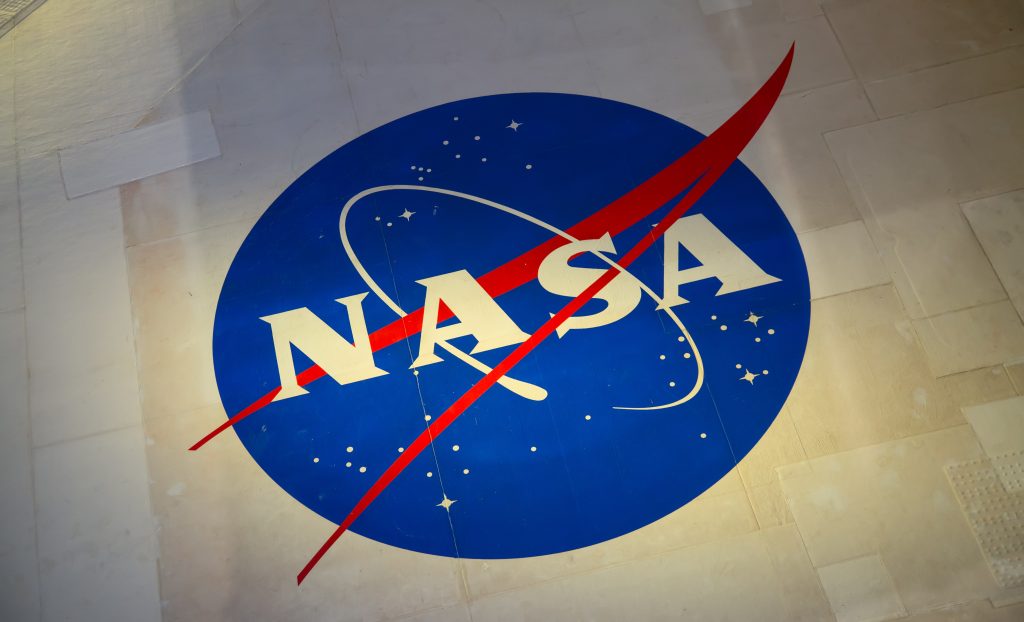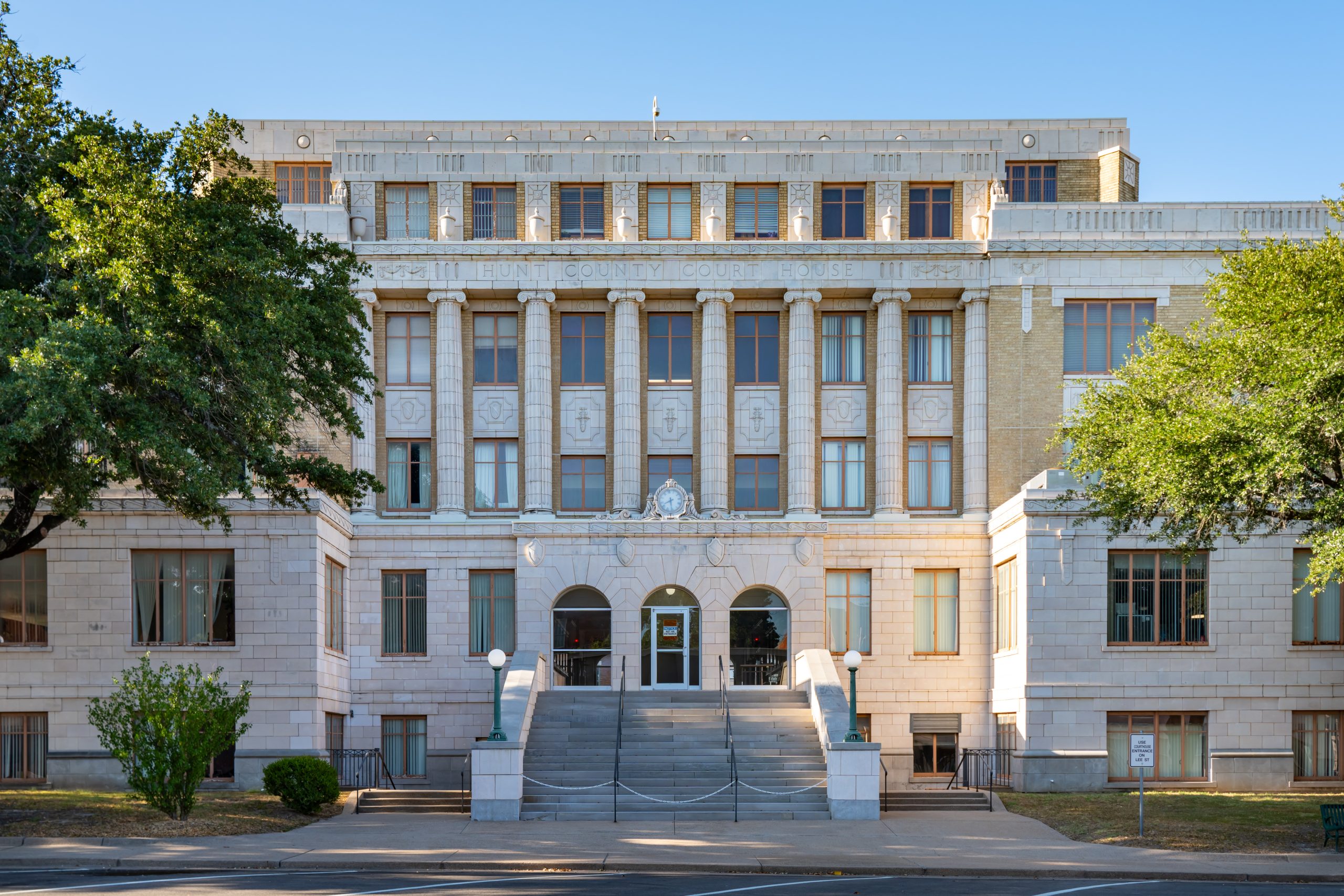NASA is giving university students a real-world shot at solving some of aviation’s most pressing problems—from hurricane recovery to airspace cybersecurity.
Two student-led teams, from North Carolina State University and Texas A&M University, have secured funding through NASA’s University Student Research Challenge (USRC). This program, run under NASA’s Transformative Aeronautics Concepts Program (TACP), isn’t just about academic theory. It’s about testing bold ideas in real environments, giving students the opportunity to take research from blueprint to build.
Each team can receive up to $80,000 in NASA funding—but there’s a twist. They’re also required to crowdfund a portion of their project budget. It’s a deliberate challenge, aimed at preparing students for the realities of launching technology in the real world: resource constraints, public buy-in, and the pressure to deliver working solutions.
The latest round of awards focuses on two proposals that stood out:
- A drone system from NC State designed for emergency response in hurricane-hit regions
- A cybersecurity framework from Texas A&M built to safeguard drone traffic networks from digital threats
NC State’s Drone Solution: Rapid Response After Hurricanes
Hurricanes don’t just damage buildings—they cut off entire communities. Roads are blocked. Power lines go down. Emergency responders struggle to reach those who need help the most.
To tackle that, students at NC State are developing REACHR, short for Reconnaissance and Emergency Aircraft for Critical Hurricane Relief. Their idea: deploy unmanned aerial vehicles (UAVs) that can fly over debris-filled areas, locate survivors, drop off emergency supplies, and provide temporary communication links where phone service is lost.
The drone system is designed to do three things:
- Survey damage with onboard cameras and sensors, sending real-time video back to emergency centers
- Deliver supplies like water, food, and medical kits to people stranded in hard-to-reach spots
- Restore communication by acting as a temporary wireless network, letting survivors connect with first responders
Unlike helicopters or trucks, these drones don’t rely on fuel or cleared roads. They can operate autonomously, in swarms, and cover wide areas quickly and safely.
The team includes Hullette and fellow students Jose Vizcarrondo, Rishi Ghosh, Caleb Gobel, Lucas Nicol, Ajay Pandya, Paul Randolph, and Hadie Sabbah. Their work is guided by faculty advisor Dr. Felix Ewere, who has helped shape the project to meet both real-world needs and NASA’s technical standards.
Beyond the lab, REACHR has the potential to change how the U.S. responds to natural disasters. If the tech proves successful, agencies like FEMA or the Red Cross could use these drones to cut response times and reach survivors faster.
Texas A&M’s Cybersecurity Plan: Locking Down the Drone Highway
As drones become more common in U.S. airspace, the need to manage their movement is growing fast. NASA has long supported the idea of a UAS Traffic Management (UTM) system—a digital version of air traffic control, built to handle the rise of autonomous aircraft.
But with more connected systems comes a new threat: cyberattacks.
Texas A&M’s team is developing a layered security solution to protect future drone networks from hackers. Their system uses context-aware tools to spot threats early, isolate compromised parts of the network, and keep the rest of the system running safely.
Their work is especially relevant in light of recent incidents. In 2019, drone activity brought London’s Gatwick Airport to a standstill for more than a day. In the future, a cyberattack could do more than delay flights—it could crash emergency deliveries or disrupt entire sectors.
The A&M system focuses on three technical pillars:
- AI-driven threat detection to monitor behavior and flag anything out of the ordinary
- Network segmentation that can quickly isolate suspicious nodes
- Dynamic authentication to make sure every drone and operator in the system is who they say they are
Team members Michael Ades, Garett Haynes, Sarah Lee, Kevin Lei, Oscar Leon, McKenna Smith, and Nhan Nick Truong are building the framework under the guidance of Dr. Jaewon Kim and Dr. Sandip Roy. Their goal is to set new security standards for how unmanned aircraft communicate and operate safely in shared airspace.
USRC’s Bigger Goal: Real-World Impact, Not Just Research
These two projects reflect what USRC is all about—getting students to think beyond the lab and into the field.
The program asks students to do more than invent. They have to manage teams, pitch their work to the public, raise money, and align their research with national needs. In short, they learn how to build something that lasts.
USRC projects don’t stop when the semester ends. Past teams have launched start-ups, earned patents, and secured roles in high-impact research. One group pioneered eco-friendly wingtip designs. Another helped develop AI-driven tools to reduce air traffic congestion.
And the focus on resilience and cybersecurity couldn’t be more timely. A 2022 report from the National Institute of Standards and Technology (NIST) called out both physical and digital infrastructure vulnerabilities as top concerns for U.S. safety. These student efforts directly respond to that call.
What’s Next for the Teams
Over the next year, both teams will refine their designs, build working prototypes, and pitch their concepts to potential backers. Their crowdfunding campaigns won’t just fund the project—they’ll teach the students how to generate public interest and investment.
With help from NASA and support from their universities, these students are getting a crash course in what it takes to move an idea from sketch to system.
They’re not just building drones or security software—they’re building the future of aerospace.



